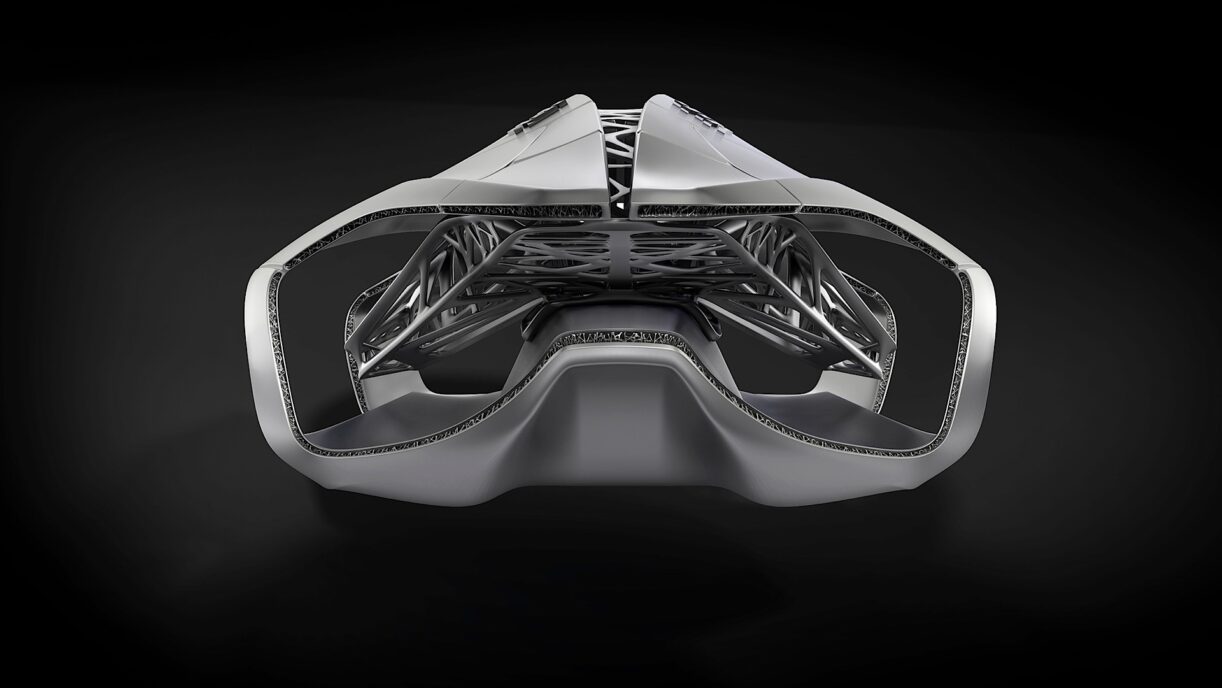
The power of an image – initial concept design sketches
Initial concept design sketches
I once had an argument over a design given to me by an industrial designer. The design was difficult to manufacture, and I knew would cause some significant manufacturing challenges. There was one particular edge, one particular surface that would have been so much easier another way, but the designer was sticking to his guns. I was arguing that you don’t have a product if you can’t make it. To which he replied, “You don’t have a product if you can’t sell it.”
We were both right, of course, but for different reasons. (For medical device development, we also agree “you don’t have a product if you can’t use it”, is much more important).
The problem with an image is that they stick. If it’s not ideal, changing it later on may be difficult, as the concepts can develop their own inertial. It’s imperative that those first few initial concept design sketches reflect all of the requirements, and not just the marketing ones, important though they may be. I’ve run into situations where the design concept simply didn’t allow the working parts of the device to fit. It seems silly when you put it in that light, but it happens all too frequently.
So why do we need an image? A good image can stimulate. It provides a vision for the developers, and can motivate them to find solutions, to dig deeper, push boundaries. Ask more questions. Solve the right problem. Those first few design sketches can unite a vision of the company, and help form that iconic brand language that people associate with the company for years to come. Apple is famous for its minimalistic designs, clear but elegant.
It can be so instrumental in the foundation of a company by creating that energy for investment. Investors can see what the future may look like. An idea is suddenly tangible, its use foreseen. That excitement for a concept can help make or break a company, particularly in the medical device field where start-up costs are notably higher than in other, less regulated industries.
But that energy of direction can clash with reality if the image doesn’t depict how the device is used, or if the concept causes adverse manufacturing, becoming too costly for the business model. So it’s equally important that the concepts developed have that functional element in them, the old adage of “form follows function”. Good industrial designers provide more than just an image, incorporating manufacturing methods into those concepts but also crafting how the device is used, hopefully in a way that seems so natural as to seem wrong any other way.
Those first few images that are released to the world can be so important, but they need thought behind them, and that may take some time. They can have a lasting effect, for good or ill. Industrial design may seem like a luxury, but in reality, it’s a necessity.
Dana Trousil is a StarFish Medical Mechanical Engineer. He has successfully launched many products, from small volume production up to moderate volumes (up to 1 million parts per year). He is a fan of the StarFish Medical ID team.
Image courtesy of EDAG GENESIS
